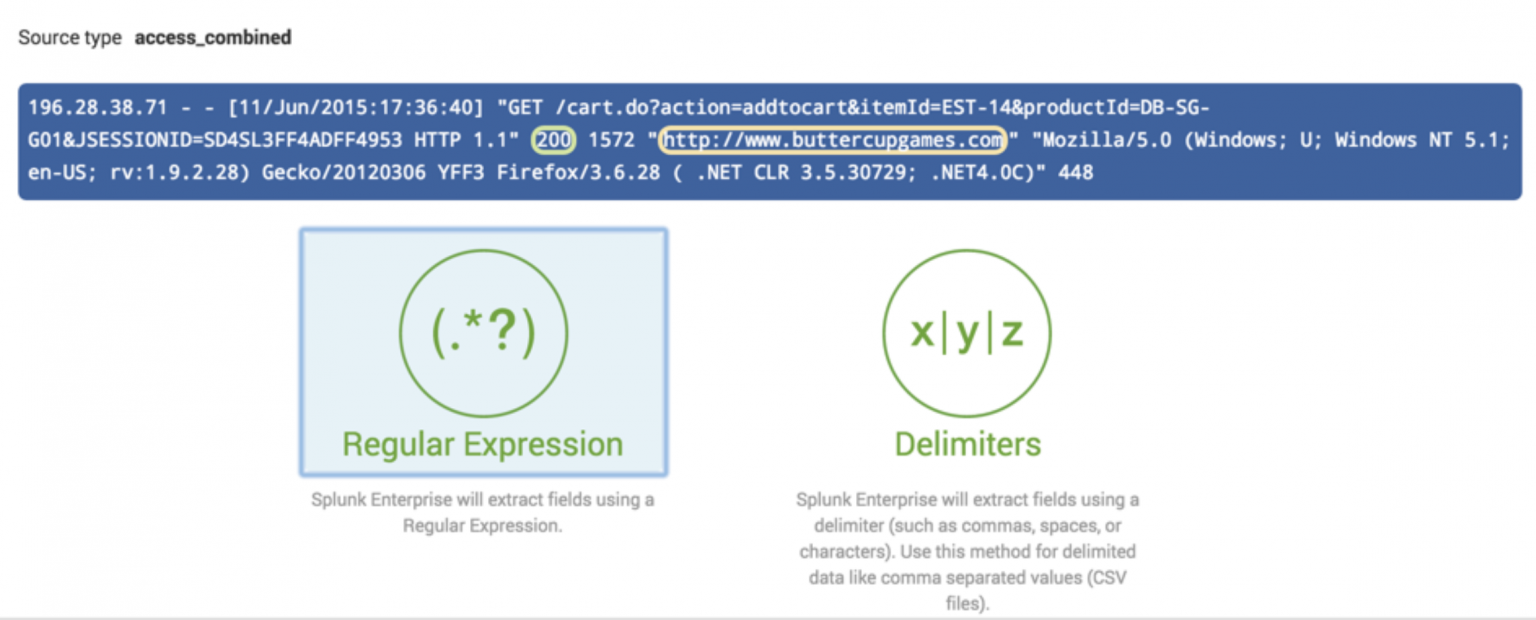

Research suggests that 80% of business data consists of unstructured text data. Other names for this practice include text data mining and text analytics. The concept of text mining is similar to that of data mining, except that text mining is focused only on text that can be interpreted as natural language given a specific structural format, such as documents, materials and information resources that contain unstructured text data. The goal of text mining is to discover meaningful insights and patterns, as well as unknown information based on contextual knowledge.

So, in this article, let’s take a look at how text mining works, use cases for it - and how it can uncover meanings and patterns that traditional approaches cannot. This mined information can then be used to:Ī subset of data mining, text mining is particularly focused on documents, materials and information resources that contain unstructured text data. Mining typically relies on a unique combination of machine learning, statistics and linguistics. I personally think the FIRST way is way cleaner and easier to follow.Text mining is the practice of extracting and transforming unstructured text data into structured text information. New search using macro: index=foo sourcetype=yapache_access host=bar | fields url,duration `CleanUpURL` stats count, avg(duration) as servertime by url | where count>100 | sort 100 -servertime I usually do it the way I describe, but you could also do it this way: You obviously have to keep them in the MIDDLE of your macro, it's just the ones at the ends. One tip: watch your leading and trailing pipes | - you can include them in the macro or not, but stay consistent. If you name it 'CleanUpURL' then you can call it in your actual search (or someone else can) like so: index=foo sourcetype=yapache_access host=bar | fields url,duration | `CleanUpURL` | stats count, avg(duration) as servertime by url | where count>100 | sort 100 -servertime You can probably take that entire pile of rex. Still, here's what I'd do: create a macro! But I don't think this is what you need because you are "erasing" parts of a line, and unless you want to erase the actual stuff in the event sort-of-permanently, this might be difficult. There's a great document by the docs team to Create and maintain search-time field extractions through configuration files. I tried searching the docs and the forums before asking this.

Splunk rex in macro how to#
So, two questions:ġ) is defining a new calculated field via the UI: " Fields » Calculated fields » Add new" the way to go?Ģ) if so, how to do I do it? I haven't found an example that shows me how to fill out that form when a chain of rex's is what defines my new field.Īpologies if this is detailed somewhere handy. I would like to share out this flattening of the url to other users on the team in a convenient to use way. This search groups urls by replacing embedded id's and dates, etc with constants so that I can look at requests that have at least 100 uses, and then sort them by their mean servertime to find slow requests.

I have a search that looks like: index=foo sourcetype=yapache_access host=bar | fields url,duration | rex field=url mode=sed "s//_HASH/g" | rex field=url mode=sed "s/ysp_user_agent=+//g" | rex field=url mode=sed "s/oauth+=+//g" | rex field=url mode=sed "s/(\d\d\d\d-\d\d-\d\d)/YYYY-MM-DD/g" | rex field=url mode=sed "s/()(\d+)/\1_ID/g" | stats count, avg(duration) as servertime by url | where count>100 | sort 100 -servertime


 0 kommentar(er)
0 kommentar(er)
